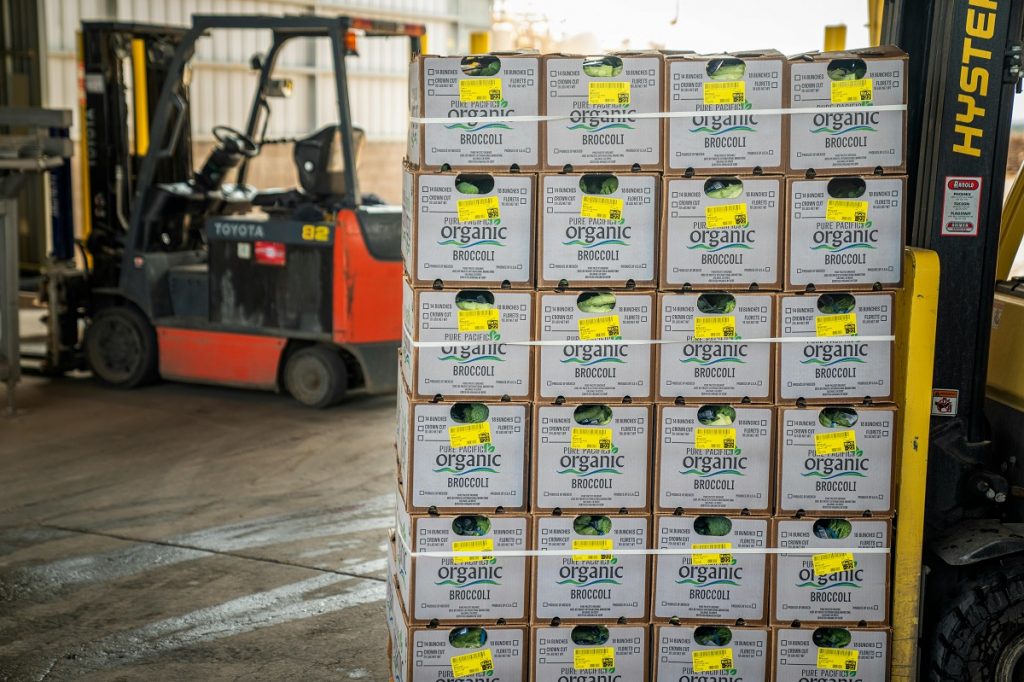
- Investing in quality material handling equipment can enhance efficiency and adapt as your business grows.
- Implementing technology like WMS, barcode systems, AGVs, and IoT sensors streamlines operations and reduces errors.
- Streamlining workflows and focusing on employee training boosts productivity and ensures adaptability to new processes.
- Continuous process optimization and monitoring performance metrics are essential for long-term success and competitiveness.
In today’s fast-paced business environment, optimizing warehouse operations is crucial for ensuring efficiency, reducing costs, and improving customer satisfaction. Whether you are a seasoned CEO or a young professional looking to make your mark in the industry, these tips will help you streamline your warehouse operations and take your business to the next level.
Invest in Quality Material Handling Equipment
The first step to optimizing warehouse operations is investing in high-quality material handling equipment. This includes forklifts, pallet jacks, conveyors, and other specialized machinery. By using reliable and efficient equipment, you can reduce the time and effort required for tasks such as loading and unloading shipments, moving inventory, and organizing warehouse space.
You can partner with a warehouse equipment financing company to acquire the necessary machinery without breaking the bank. This will also allow you to upgrade your equipment as your business grows and evolves. Choose a financing company that specializes in warehouse equipment to ensure you get the best deals and support.
Utilize Technology
One of the most effective ways to optimize warehouse operations is by implementing various technology solutions. There are many tools that can help you reduce errors and improve order accuracy in your warehouse. Here are four technological advancements that can help optimize your warehouse operations.
Warehouse Management Systems (WMS)
This software helps manage and track inventory levels, orders, and shipments in real time. With a WMS, you can streamline processes and make informed decisions based on accurate data. It can also help reduce errors and improve order fulfillment times.
Barcode Scanning Systems
Barcode scanning systems allow for quick and accurate tracking of inventory. By scanning barcodes, you can easily update inventory levels, track product movements, and receive real-time updates on stock availability.
Automated Guided Vehicles (AGVs)
AGVs are unmanned vehicles that can move materials within a warehouse without human intervention. They can improve efficiency by reducing the need for manual labor, minimizing errors, and increasing speed.
Internet of Things (IoT) Sensors
This technology can monitor humidity, temperature, and other environmental factors in the warehouse. By collecting real-time data, you can ensure that products are stored in optimal conditions and reduce the risk of product damage or spoilage.
By taking advantage of technology solutions, you can optimize your warehouse operations and improve overall efficiency. You can also save time and money by reducing errors and improving order fulfillment times.
Streamline Workflows
Analyze your current warehouse workflows to identify bottlenecks and inefficiencies that may be slowing down operations. By reorganizing workstations, optimizing storage locations, and standardizing processes, you can create a more streamlined workflow that enables employees to work more efficiently and effectively. Encouraging collaboration between different departments can also help improve communication and coordination within the warehouse.
Focus on Employee Training
Invest in training programs for your warehouse staff to ensure they have the skills and knowledge needed to perform their jobs effectively. By providing ongoing training opportunities, you can empower employees to excel in their roles and adapt to changes in technology or processes. Well-trained employees are more likely to be engaged, productive, and motivated to contribute positively to the success of your warehouse operations.
Implement Performance Metrics
Tracking key performance indicators (KPIs) such as order fulfillment rate, inventory turnover ratio, and picking accuracy can provide valuable insights into the efficiency of your warehouse operations. By regularly monitoring these metrics and setting performance targets for your team, you can identify areas for improvement and measure progress toward achieving operational goals. Performance metrics can also help you make data-driven decisions that drive continuous improvement in your warehouse operations.
Continuously Optimize Processes
The key to long-term success in optimizing warehouse operations is a commitment to continuous improvement. Regularly review and analyze your processes, seek feedback from employees, and explore new technologies or strategies that could further enhance efficiency in your warehouse. By staying proactive and open-minded about process optimization, you can stay ahead of the competition and adapt quickly to changing market demands.
Optimizing warehouse operations is not a one-time project but a continuous effort that requires dedication, investment in technology and equipment, and a focus on employee training and engagement. Businesses can significantly enhance their warehouse operations by implementing the strategies discussed.
Investing in quality material handling equipment, utilizing cutting-edge technology, streamlining workflows, focusing on employee training, implementing performance metrics, and continuously seeking process improvements will lead to increased efficiency and reduced costs and improve customer satisfaction by ensuring timely and accurate order fulfillment.




